Carbies often get oxidised over the years, or get damaged by rotten fuel left in them. All this build-up gunk can be hard to remove and expensive carby cleaner won’t always budge it. Leaving this built up gunk inside your carby can lead to blocked jets and leaking needles down the track.
Step 1: Start by totally dismantling the carby and clean off as much dirt and any built up grease or oil as possible.
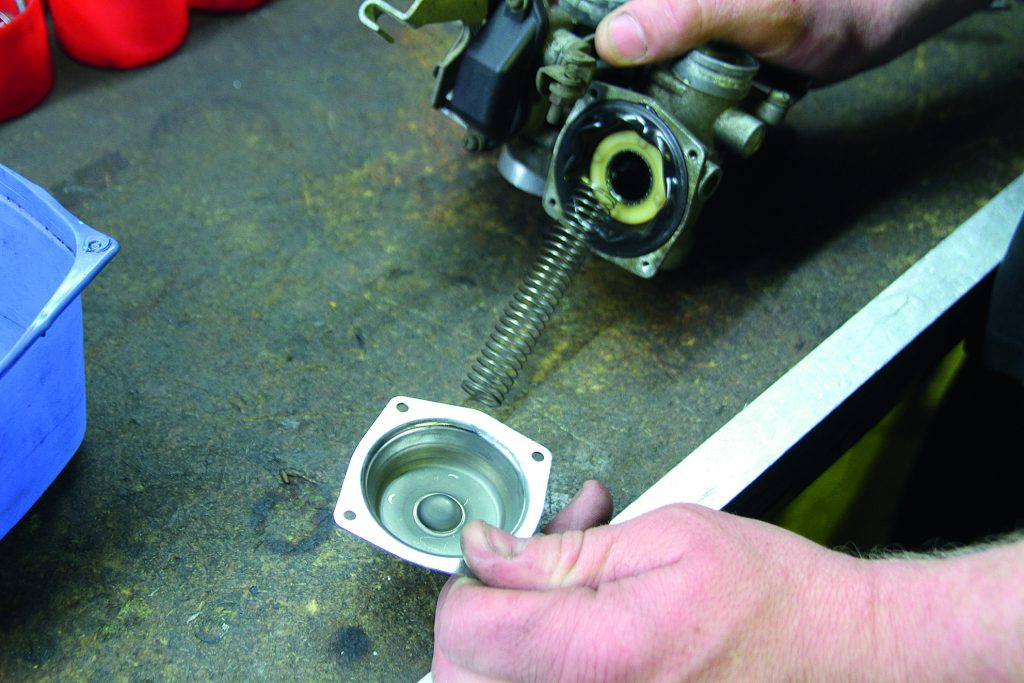
Step 2: Find a container that is going to be large enough to submerge the entire carby. Fill the container three quarters full of water and one quarter full of hydrochloric acid.
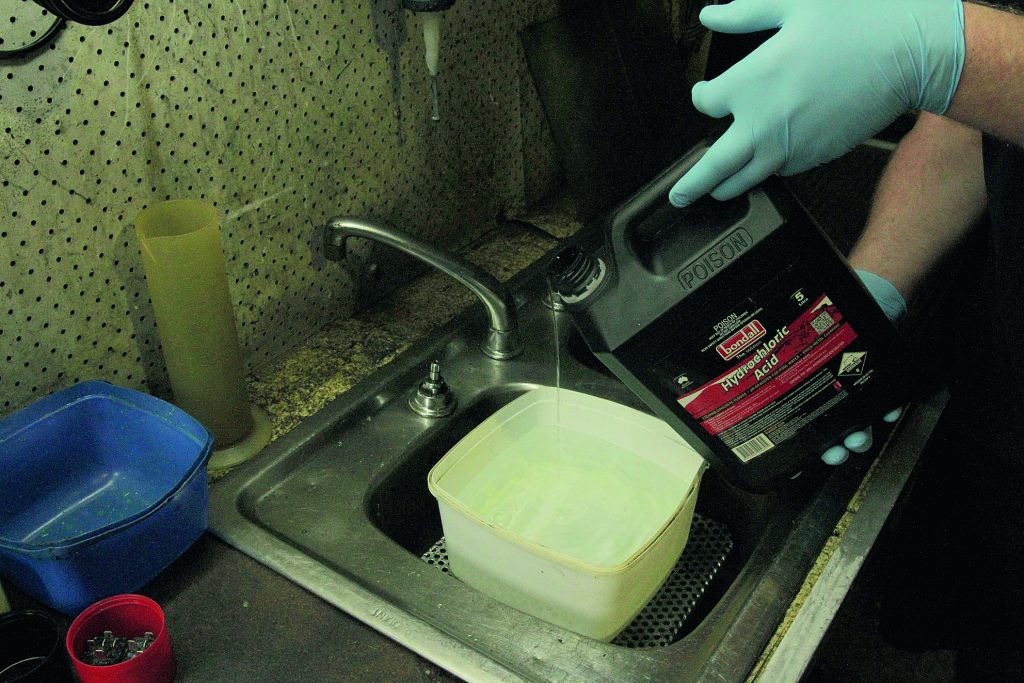
Step 3: Take a small part and test it in the acid solution first before submerging the carby. When the part is submerged you should see the acid start to eat gunk off the part. You may need to add more acid for dirtier parts but always start with a weak solution and add acid as required. Too much acid will make alloy parts turn grey, so be careful not to make the solution too strong.
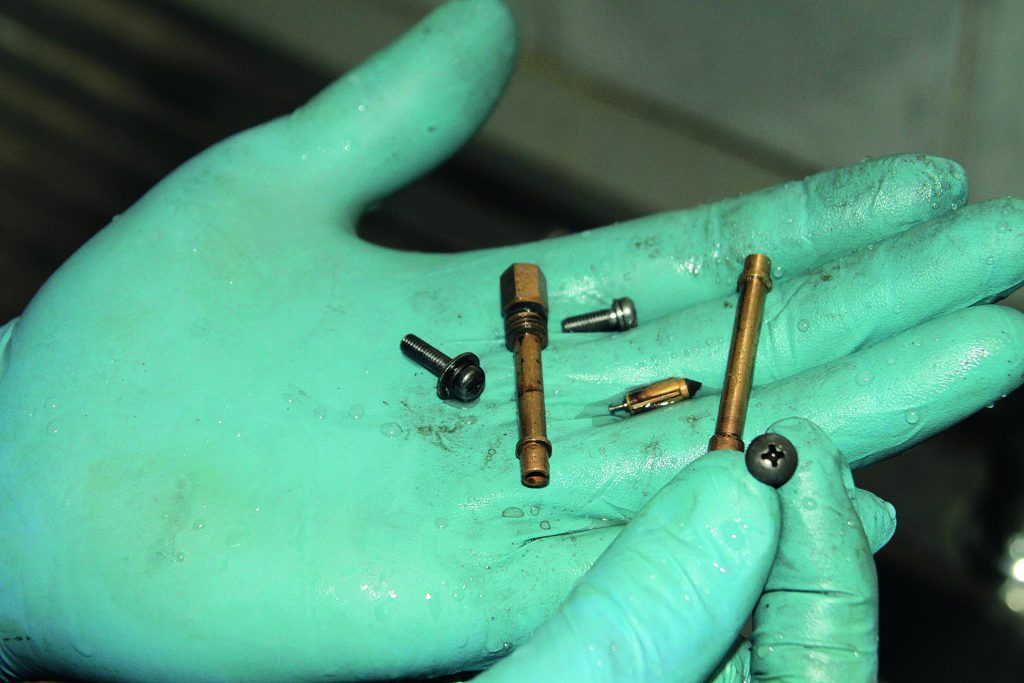
Step 4: It may take several hours to clean the parts. If this happens, try not to rush it by adding more acid or it could turn all your brass parts black and your alloy parts grey. This 25 per cent solution will not damage plastic or rubber so it is safe to soak needles and floats in it.
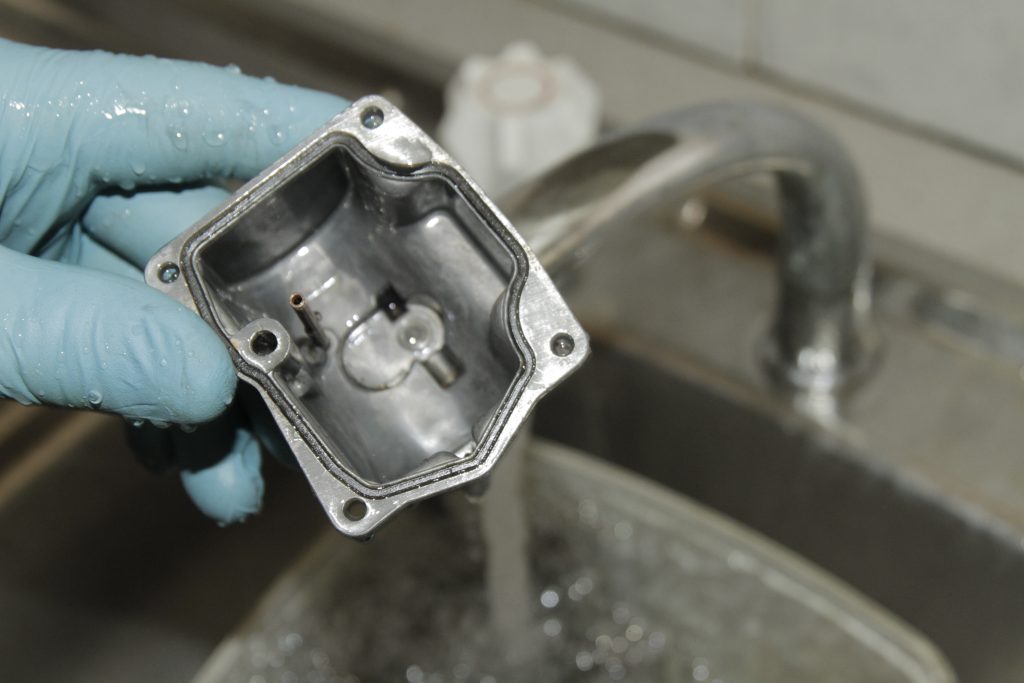
Step 5: Once the parts are clean, thoroughly rinse them and then let them soak in water for several minutes to clean off any acid.
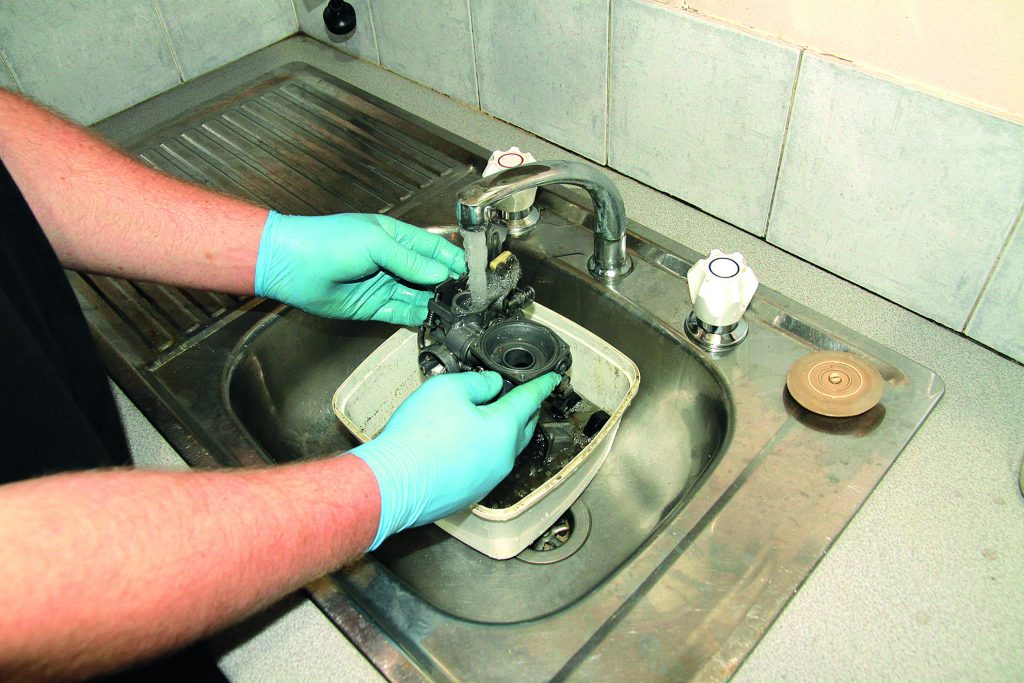
Step 6: After the soaking, give the parts a good clean with carby cleaner and blow off with compressed air. Check to make sure all jets are clean and clear. If they are not, then it may be necessary to replace them if they cannot be unblocked.
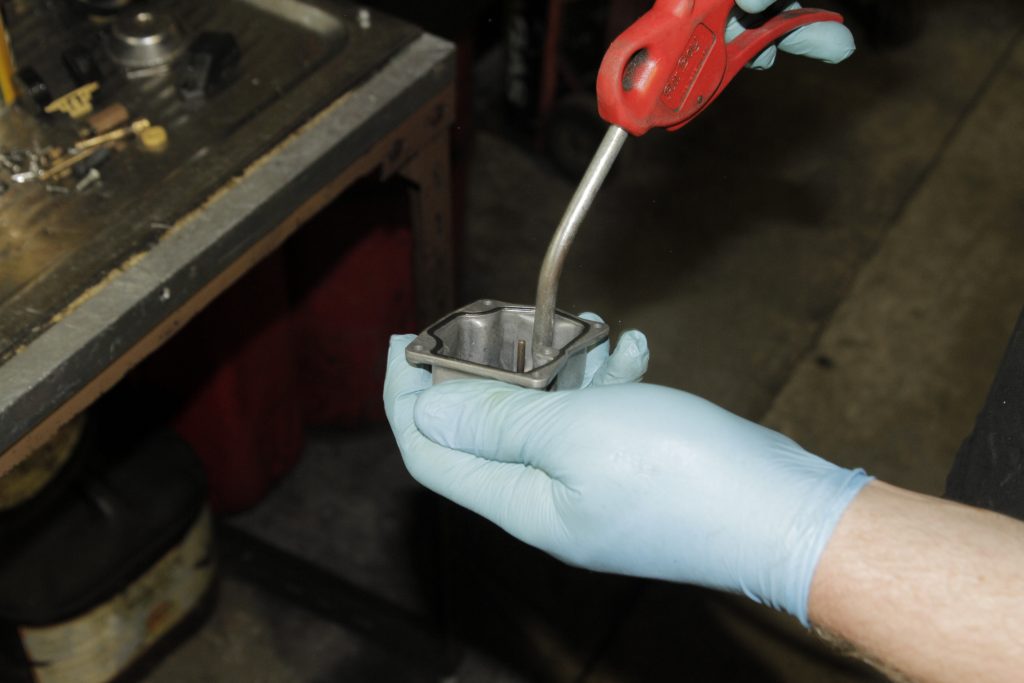
Step 7: Once the parts are clean and dry, reassemble the carburettor, then give it a spray with silicon and blow it off with compressed air. This will protect the clean alloy from the elements while giving it a showroom shine.
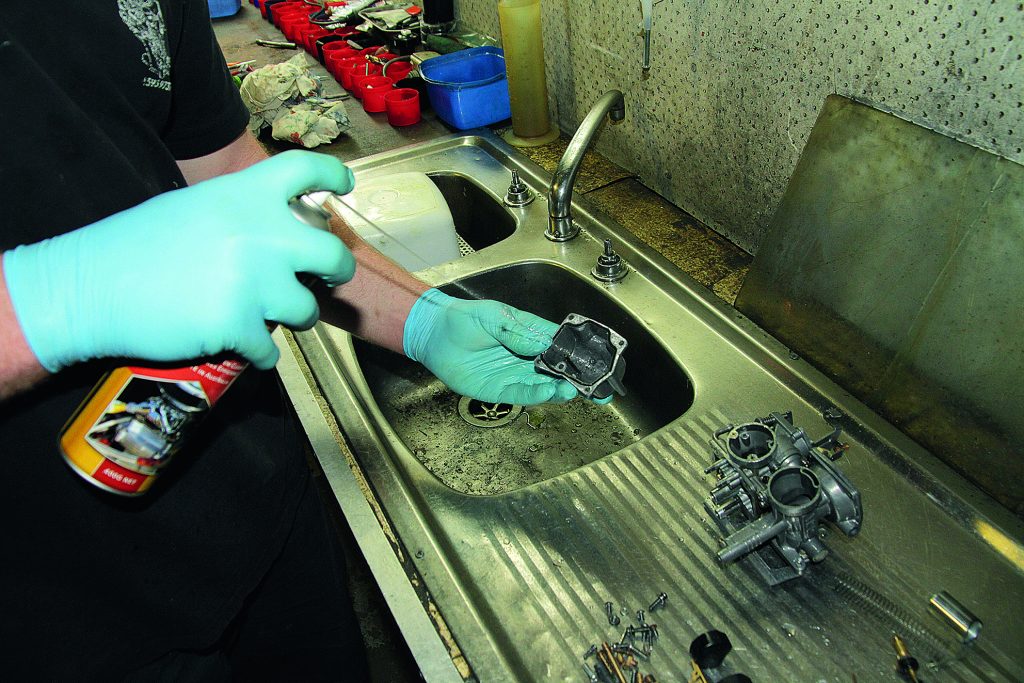
WARNING Hydrochloric acid has a strong odour and is hazardous. Make sure to always wear full-length clothing, safety gloves, safety glasses, a dust mask and always handle with extreme care.
DO
• Always use caution and wear full safety gear when handling acid.
• Submerge a small part in the acid solution before submerging the entire carby.
• Dispose of acid according to state laws.
• Clean off parts that have been in acid thoroughly with fresh water.
DON’T
• Leave acid on your skin. Thoroughly wash it off immediately with fresh water.
• Make the acid mix too strong or it may damage parts.
• Leave acid unattended.
• Breathe in any fumes from the acid under any circumstances.
ADB Technical Editor Mat Boyd